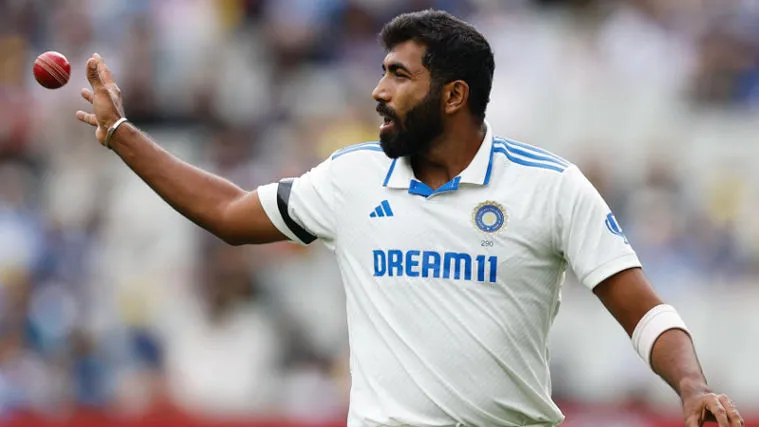Of all the states going to the polls in the latest round of Assembly elections, West Bengal is grabbing the maximum eyeballs because of the keen contest between the incumbent Trinamool Congress and the main Opposition in the state, the Bharatiya Janata Party. Given the landslide victory that Mamata Banerjee achieved in 2016, her second stint in power after she uprooted the 35-year-old rule of the Left in 2011, it was expected—at least in the initial years of the second term—that she would romp home to victory in the 2021 elections as well. A state that had endured the Communists for three and a half decades, would surely give Mamata Banerjee three to four stints. But for every politician taking for granted the people’s mandate comes a reality check and for Mamata Banerjee it came in 2019 in the Lok Sabha elections. Confident of winning at least 40 of the 42 Lok Sabha seats from the state—and thus becoming Opposition contender for the post of Prime Minister if the elections had the BJP falling short of majority and allies—she had to wake up to the rude reality of not going beyond 22 seats, with the BJP breathing down her neck with 18 seats.
What caused such voter anger against her? The watershed moment came in 2018 during the violence marred panchayat elections where most seats went uncontested and large swathes of rural Bengal were not allowed to vote. Mamata Banerjee’s Trinamool Congress (TMC) swept those elections, but lost its voters—at least a large section of them. Sadly, Bengal’s ruling party did not learn any lessons from 2019, and in 2021, the situation is such that no fair election in the state can be held without it being stretched into several phases and without Central forces being deployed at every booth. Even then there is no guarantee that the elections will be free of intimidation and violence. In fact, there is already some buzz that while the Central forces will man the booths, the intimidation will happen elsewhere—in other words, anyone not voting the ruling party will not be allowed to come out of their homes to vote. This may sound surreal to the rest of the country, but it’s a reality for many in Bengal, especially in the remote rural areas.
As rampant criminality at the grassroots raises the temperature on the ground, it would not be an exaggeration to say that the three “C’s” of 2021 Bengal elections are criminality, corruption and communal polarisation. Just like criminality, corruption too is so widespread that one cannot even strive to scrape the top of the iceberg. As for communal polarization, the trend of treating Bengal’s minority community as a vote bank was started by the Left and it was because this vote shifted to Mamata Banerjee that she was able to dislodge the comrades after years of trying. This trend has continued in Mamata Banerjee’s rule and at present, either naturally or by design, around a hundred or more seats out of 294 are decided by the minority community. This should explain the appeasement of the community that the Chief Minister has been accused of indulging in. The Lok Sabha elections in 2019 witnessed a voter backlash to this and in certain districts the TMC got wiped out from areas dominated by the majority community. It is perhaps keeping this in mind that the TMC supremo has cut down on the number of tickets given to candidates from the minority community—from 57 in 2016 to 42 in 2021. She has also been wooing the majority community lately, but if that has had any effect on voters will be known only on result day on 2 May. In fact, there is a lot of disaffection among the minority community too with Mamata Banerjee’s government. Voices are being raised about the Chief Minister not doing much for their development beyond paying lip service. It is this disaffection that the young cleric from Furfura Sharif, Abbas Siddiqui is hoping to tap into and become a kingmaker in case of a hung Assembly.
Apart from the 3Cs, joblessness is the single biggest issue this time. Industrially, Bengal is a barren landscape, which has resulted in large-scale migration. Such is the extent of migration, that Kolkata is turning into a greying city as the younger generation moves out of the state in search for livelihoods. The promise of poriborton with which Didi had come has remained largely unfulfilled, even though some municipal-level work has happened. And now the politics of freebies has come into play, which, however, is always a sign of desperation. But it will be wrong to write Mamata Banerjee off. She is a street fighter, with a flair for drama, as obvious from the way she is milking her accident—leading a march through Kolkata in her wheelchair. Also, she still tops most charts as the “most popular” candidate for Chief Minister. She is hoping to make the election about her, trying to cash in on her own “popularity”. If her party returns to power, it will be because the vote will be for her. And if the BJP comes to power, it will be because the vote will be against her party, in spite of her personal “popularity”.













